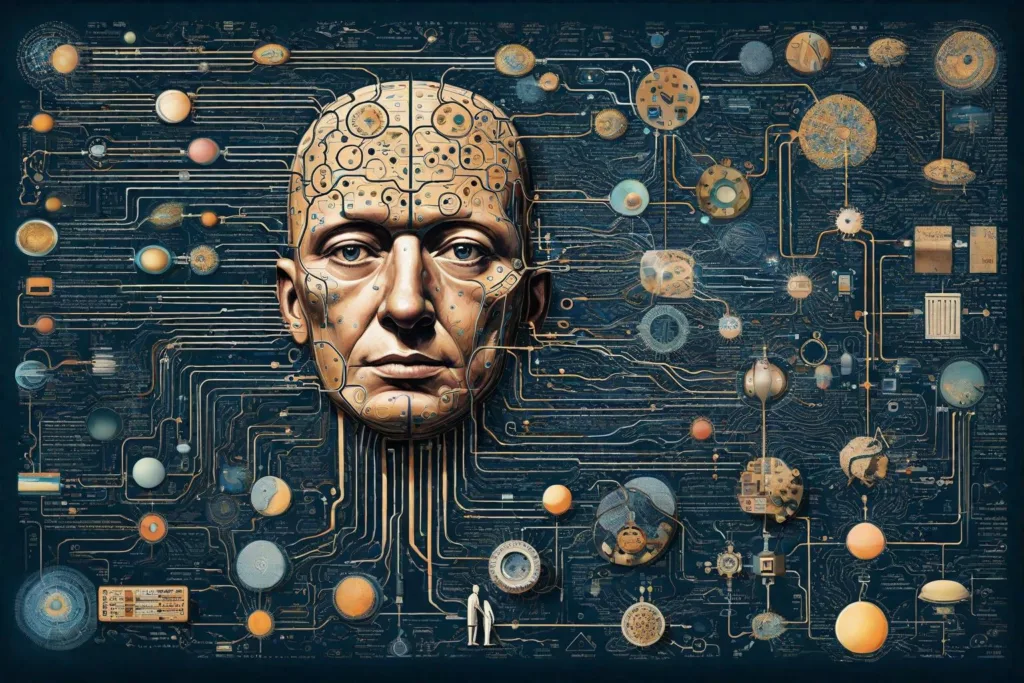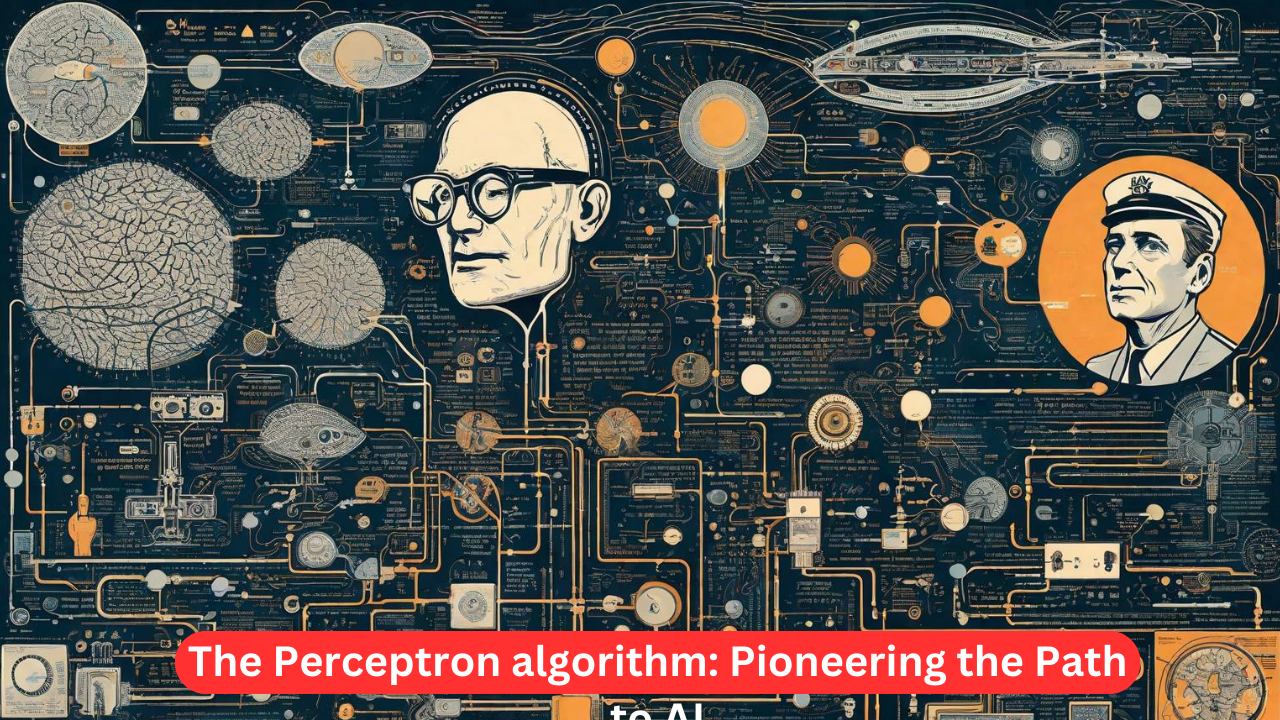The Perceptron algorithm: Pioneering the Path to Artificial Intelligence
Introduction
Perceptron algorithm- Artificial intelligence (AI) has captured our collective imagination, but its roots extend far beyond recent years. One of the earliest sparks in the AI journey was the Perceptron, a groundbreaking concept that laid the foundation for neural networks and machine learning. Let’s delve into the fascinating story of the Perceptron, its impact, and its enduring legacy.
The Birth of the Perceptron (Perceptron algorithm)
In the late 1950s, Frank Rosenblatt, an American psychologist and computer scientist, introduced the Perceptron. This single-layer feedforward neural network marked the starting point for deep learning and artificial neural networks. At that time, statistical machine learning and traditional code programming were the norm for prediction tasks.

Anatomy of the Perceptron
- Simple Architecture:
- The Perceptron is elegantly simple: it consists of a single layer of input nodes fully connected to a layer of output nodes.
- Its primary purpose was to learn linearly separable patterns.
- Threshold Logic Units (TLUs):
- Instead of conventional artificial neurons, the Perceptron employed threshold logic units (TLUs).
- TLUs process inputs and produce binary outputs (0 or 1) based on a threshold.
- Components of the Perceptron:
- Input Features: Represent characteristics or attributes of input data.
- Weights: Associated with each input feature, determining their influence on the output.
- Summation Function: Calculates the weighted sum of inputs.
- Activation Function: Applies the Heaviside step function to determine the final output.
- Bias: An additional parameter learned during training, allowing adjustments independent of input.
The U.S. Navy’s Bold Prediction
The U.S. Navy recognized the Perceptron’s potential. In a statement, they prophesied that the Perceptron would lead to machines capable of:
- Walking: Imagine robots navigating physical spaces.
- Talking: Speech synthesis and understanding.
- Seeing: Computer vision and image recognition.
- Writing: Automated text generation.
- Reproduction: Self-replicating systems.
- Consciousness: The most audacious claim—an AI aware of its existence.
Limitations and Lessons of the Perceptron algorithm
- Linear Separability:
- The Perceptron excelled at linearly separable patterns but struggled with more complex data.
- It couldn’t handle tasks requiring nonlinear decision boundaries.
- Historical Significance:
- Despite its limitations, the Perceptron demonstrated that simple neural networks could learn to classify patterns.
- It paved the way for modern artificial neurons used in today’s deep learning models.
Contemporary Impact of Perceptron algorithm
- Neural Networks:
- The Perceptron’s legacy lives on in multilayer perceptrons (MLPs), convolutional neural networks (CNNs), and transformer models.
- These architectures power AI breakthroughs across domains.
- Machine Learning Revolution:
- The Perceptron’s ability to learn from data was revolutionary.
- It set the stage for the machine learning revolution we witness today.
Conclusion
The Perceptron, once a modest concept, ignited a fire that still burns bright. As we marvel at AI’s current capabilities, let’s remember that it all began with a simple network—a Perceptron—that dared to dream of machines walking, talking, and being conscious of their existence.
More Articles
https://news24.edupedia.site/2024/03/01/semiconductor-ecosystem/
https://news24.edupedia.site/2024/02/27/emotions-recognition/
https://news24.edupedia.site/2024/02/25/online-marketplace/
https://news24.edupedia.site/2024/02/25/reinforcement-learning/
Discover more from News 24 Media
Subscribe to get the latest posts sent to your email.


